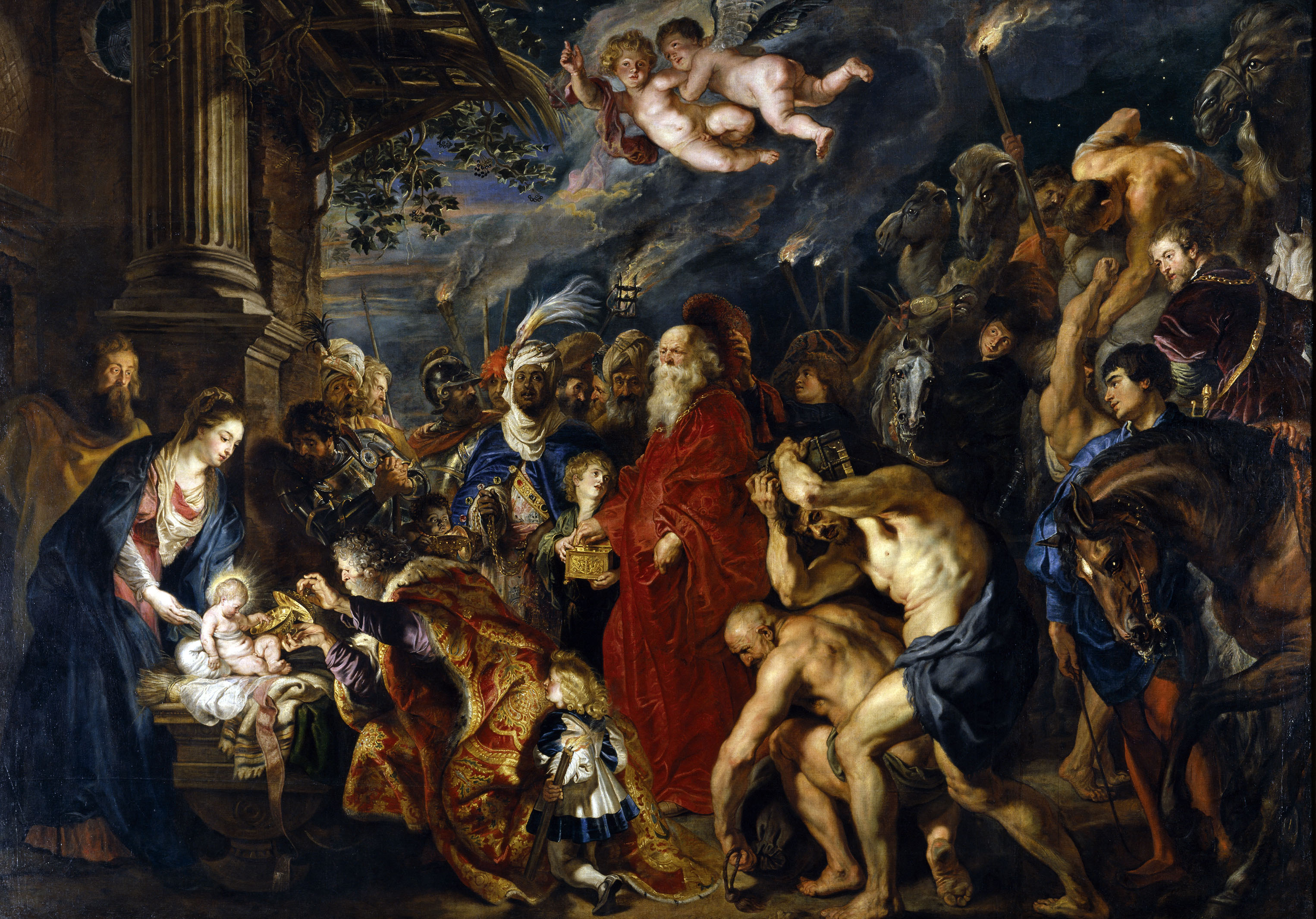Epiphany
6 January 2024 – Today is Epiphany, the day of the visit of the three kings from the Orient to the manger, an important day on the liturgical calender, as it closes Christmastide. Bach created 3 cantatas for this day, including the final cantata for the Christmas Oratorio. All cantatas date from the Leipzig period.
With the cantata Sie werden aus Saba alle kommen, BWV 65, Bach ended his first Christmastide in Leipzig, during which he created five new cantatas, a Sanctus (BWV 238) and the Christmas version of the Magnificat (BWV 243a), next to the performance of a beautiful Weimar cantata (Christen, ätzet diesen Tag, BWV 63), and, lets not forget, many of those performances both in the Thomas and the Nikolai Kirche... An incredible feat which he would repeat in other years. The title of this cantata refers to the scripture by Isaiah which states that the Messiah would gather people from all over the world, even from Saba, modern-day Yemen.
Liebster Immanuel, Herzog der Frommen, BWV 123, ends the Christmastide the following year, after a schedule just as busy as the year before. It fits the form of the Choral cantata cycle to which it belongs, using a hymn by Ahasverus Fritsch (1629-1701) as its inspiration, with a text that describes the horrors of the Thirty Years War.
Finally, the cantata Herr, wenn die stolzen Feinde schnauben, BWV 248, is the sixth and last cantata of his magnificent Christmas Oratorio, which ended the Christmastide in 1735.
Music for today
- Sie werden aus Saba alle kommen, BWV 65
(first performance 6 January 1724, Leipzig period) - Liebster Immanuel, Herzog der Frommen, BWV 123
(first performance 6 January 1725, Leipzig period) - Herr, wenn die stolzen Feinde schnauben, BWV 248
(first performance 6 January 1735 - Christmas Oratorio Part VI, Leipzig period)
Extra information
The Netherlands Bach Society website has more information and a performance of BWV 65:
https://bachvereniging.nl/en/bwv/bwv-65/
Playlist
WBCF0106-Epiphany

Choose one of these streaming services to listen to this playlist:
Image of the day

The adoration of the Magi by Peter Paul Rubens, the most famous painter from my hometown Antwerp. Painted in 1609 to decorate the negotiations hall for the Twelve Year's truce. Given to the Spanish ambassador in 1612, it came into possession of the Spanish king Philips IV. Rubens himself reworked it slightly in Spain in 1628-1629. It survived a fire in 1734 by being cut from its frame and thrown out the window, and now resides in the Prado in Madrid.